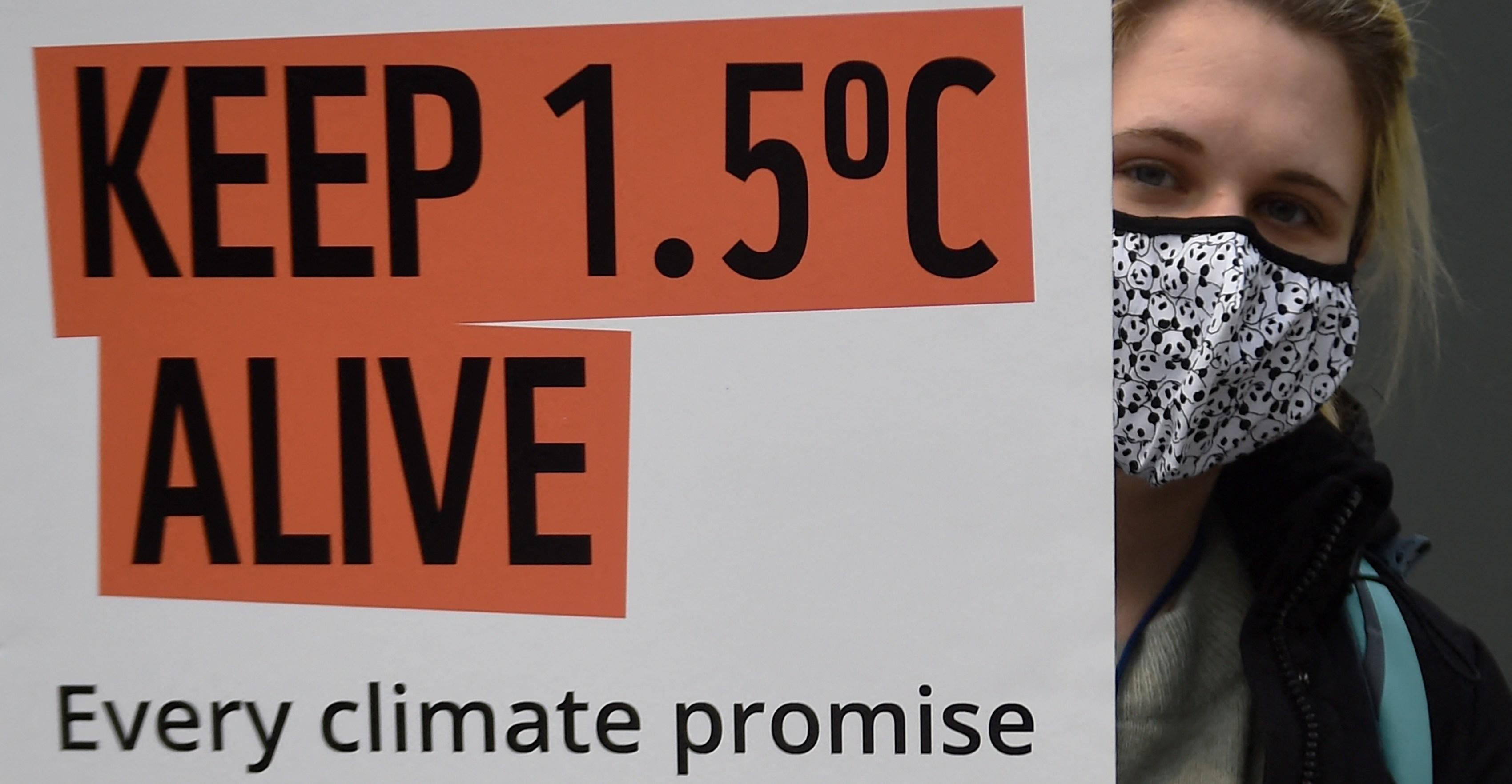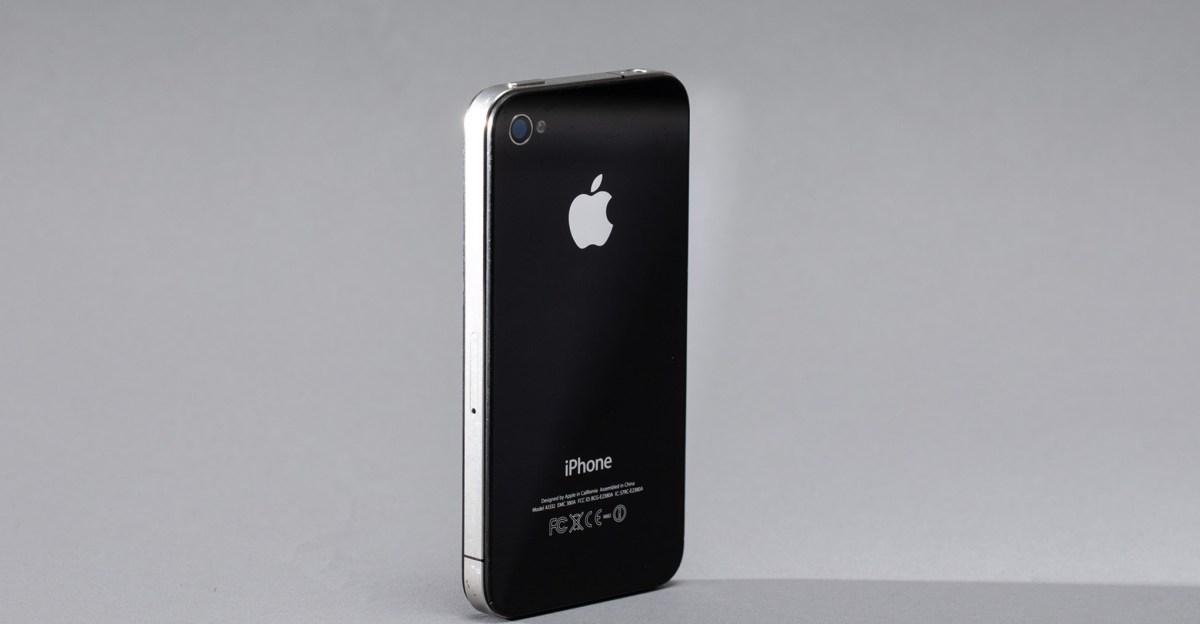Twenty years ago, it seemed like hydrogen fuel cell vehicles would have a bright future.
The cars were cool — luxury sedans with sleek interiors and futuristic-looking touchscreens. They were environmentally friendly, with water vapor as their only byproduct. Regulators were on board, promising big investments for the fueling infrastructure. A bet on the most abundant element in the universe in the fight against air pollution, and eventually climate change, seemed like a sure thing.
But despite tens of thousands of vehicles sold and billions of dollars spent on fueling, that bet has yet to pay off. California remains the only state in the country with any sort of hydrogen fueling infrastructure, with fewer than 50 stations currently in operation. Vehicle sales have essentially collapsed: only 322 fuel cell vehicles were sold in the first half of 2024, 82 percent lower than a year ago.
The fueling infrastructure also seems on the brink of collapse. Stations are shutting down, and the ones that are still in operation are routinely offline due to tech problems and fuel shortages. The price of hydrogen continues to climb, as production problems and supply shortages roil the market.
Tesla CEO Elon Musk called hydrogen fuel cell vehicles “mind-bogglingly stupid”
Critics have panned hydrogen as an inefficient and illogical way to decarbonize transportation. After all, battery-electric vehicles already exist. Tesla CEO Elon Musk called hydrogen fuel cell vehicles “mind-bogglingly stupid.”
But hydrogen still has the potential to be a game changer in the fight against climate change, if we can find a better solution. Despite their early failures, major companies are still pouring billions of dollars into the technology. Governments are drawing up infrastructure plans and passing tax credits in the hopes that they can provide a helping hand.
If hydrogen fuel cells are to hang on, it’s time to think bigger.
Out to sea
The boat bobbing in the waters near Wall Street doesn’t look like the other vessels that typically populate New York’s congested waterways. For one, it isn’t belching diesel smoke like all the shipping containers, oil tankers, and garbage barges. Actually, it isn’t emitting any pollution at all.
The ship, named the Energy Observer, is a sleek, 100-foot-long former French racing catamaran retrofitted with solar panels, slowing sipping sunlight to send to the four lithium-ion batteries sitting below deck. The panels cover almost the entire surface of the boat, so you either have to wear special cloth booties to come on board — or just go barefoot.
On an overcast day last April, it had just completed a seven-year voyage around the world, visiting numerous countries to preach the gospel of renewable energy. Energy Observer is basically a floating laboratory, where its six-person crew can conduct experiments on sustainable energy in order to prove how it can be used to power all types of vessels.
The boat produces all the energy it needs to sail, and it does that through three different methods. The first is solar, through the aforementioned panels. The second is wind power, which is generated through these massive twin masts that look like two airfoils standing straight up. The crew calls these “Ocean Wings,” and they make about 30 percent of the boat’s propulsion power and can move the boat up to 12 knots without impacting its electricity consumption.
The third is hydrogen, which works like this: Seawater is filtered through the hulls to be desalinated and purified before an electrolyzer splits H20 into hydrogen and oxygen. The hydrogen is then converted into electricity courtesy of a Toyota fuel cell, a similar version of the technology that is used in the automaker’s hydrogen-powered sedans, which emit water vapor instead of carbon pollution.
The hydrogen is then converted into electricity courtesy of a Toyota fuel cell
“That’s really the purpose of the ship,” said George Conty, the ship’s affably Swiss boatswain, “producing hydrogen from a mix of renewable energies.”
The Energy Observer isn’t very fast, maxing out at around 11 knots, which is much slower than a typical catamaran. Its racing days are long gone, which makes sense because speed isn’t the ship’s ultimate mission. It’s a demonstration project to prove that hydrogen from renewable sources can be a viable alternative to diesel and other polluting fuels used in maritime.
Shipping accounts for about 3 percent of greenhouse gasses, similar to flying. Transportation on the whole represents over a quarter of all planet-warming emissions. Decarbonizing the sector will be a monumental challenge, and lithium-ion batteries can’t do it alone.
Energy Observer’s team isn’t just banking on a 100-foot-long catamaran to prove its point. A successor, a massive cargo ship called the Energy Observer 2, is still just in the planning phases. And if the companies backing the project can raise enough money to fund its creation — and that’s a big if — it has the potential to demonstrate that liquid hydrogen deserves to be discussed alongside other less carbon-intensive alternatives like biofuels, ammonia, and natural gas.
The Energy Observer 2 will be able to transport 1,100 20-foot-long shipping containers over a distance of 1,800 nautical miles
Once built, the Energy Observer 2 will be able to transport 1,100 20-foot-long shipping containers over a distance of 1,800 nautical miles — not enough for a trans-Atlantic crossing, but enough for intercontinental trips. Like its predecessor, the cargo ship will also run on hydrogen fuel cells provided by car companies like Toyota — just a lot more of them. Over 100 fuel cells, using over 40 tons of liquid hydrogen, generating approximately 4.8 megawatts of power.
“No project in the world has this power,” Victorien Erussard, the ship’s captain, told me. But his venture is already running into familiar problems around cost and refueling infrastructure. It’s not going to be an easy transition. It will require more investors, more supporters, and more true believers in hydrogen to make this work.
“Many, many, many more boats,” Erussard said.
Truck stuff
But also trucks — which General Motors knows a thing or two about. Especially the leviathan-sized ones that are big enough to handle the heaviest loads.
GM was one of the first automakers to stick a hydrogen fuel cell into a vehicle. The company’s 1966 Electrovan, a converted GMC Handi-Bus with hydrogen-oxygen power, could reportedly do 70mph and travel 150 miles.
Today, the company’s fuel cell-powered vehicles look a little different. GM’s Hydrotec division is investing in heavy-duty trucks — think mining equipment, cement mixers, and terminal tractors — as well as a few medium-duty ones. The idea is to use hydrogen to decarbonize heavy industries, which is ill-suited for battery-electric vehicles that are slow to charge.
Even hydrogen’s profound fueling shortcomings could be easily fixed. Heavy-duty trucks typically operate in confined spaces, like construction sites, warehouses, ports, and quarries. Under those circumstances, fueling stations can be centrally located to service a whole fleet of hydrogen fuel cell vehicles. No need for a hydrogen fueling station on every residential street corner.
GM was one of the first automakers to stick a hydrogen fuel cell into a vehicle
It’s still “early days,” Hydrotec’s executive director, Charlie Freese, tells me. GM is still testing its technology to see what works and what won’t. In addition to the trucks, there’s also the fuel cells themselves, bundled together into a cube-shaped package, befittingly called Power Cubes. These cubes, developed alongside Honda, can be used to power several different vehicles. They can even be used for stationary power generators for outdoor events, replacing all those dirty diesel generators used today.
Other automakers, like Toyota, rushed too quickly into the passenger vehicle market before the fueling infrastructure was in place, Freese said. The Toyota Mirai, the first mainstream fuel cell vehicle that was first introduced in 2014, may have been a ground-breaking vehicle at the time, but now it’s an albatross for many of the owners.
“It was clear that that wouldn’t be a very rewarding experience,” Freese said. “The technology really lends itself best to the heaviest vehicles, the ones that carry heavy payloads, travel the longest distances, and need very fast refueling.”
GM has not released a fuel cell vehicle for the consumer market, but its joint venture with Honda just started mass-producing fuel cells at its Michigan plant earlier this year. And a medium-duty truck, based on the Chevy Silverado 5500, is on the way. GM thinks it could be the ideal work truck for farmers.
“It’s not going to be perfect right at the immediate outset,” Freese admitted. Most hydrogen in the US is what’s called “gray hydrogen,” meaning it is produced through a process called steam methane reforming, which emits greenhouse gases. The hope is to eventually switch to “green hydrogen,” made by renewable energy sources like solar and wind. But we’re not there yet.
“If I’m using a hydrogen fuel cell, I’m greening my fleet, even if it’s gray hydrogen,” Freese said. “And over time, the gray hydrogen can be replaced with green hydrogen. But that takes more of a build-out of the infrastructure… they got to grow together.”
Fueling failures
Jacob Brouwer was one of those early adopters of hydrogen. He drove a Toyota Mirai for over seven years, attracted to its smooth acceleration, boastful range, and luxury interior. The $15,000 prepaid fueling card from Toyota didn’t hurt, either.
But these days, he drives a Tesla. It doesn’t reflect well on hydrogen when the director of UC Irvine’s Clean Energy Institute has decided that a car made by Elon Musk is preferable to one that runs on fuel cells. He blames California’s energy regulators for fumbling the rollout, failing to get to the promised 200 stations and leaving the project incomplete.
“We just didn’t fulfill the plan,” Brouwer says. “I feel very bad for the Mirai owners.”
“I feel very bad for the Mirai owners.”
But despite his firsthand experience with the shortcomings, he’s less pessimistic than most when it comes to the future of hydrogen. In addition to boats and heavy trucks, he sees numerous applications as being perfect for fuel cell technology, including tractors, buses, freight, trains, light-duty hybrid vehicles, and even aviation.
Indeed, there have been some compelling experiments in fuel cell-powered flight. Joby Aviation is developing a hydrogen-powered version of its vertical takeoff and landing aircraft for longer trips between cities. And American Airlines recently agreed to buy 100 hydrogen-electric engines from ZeroAvia, a fuel cell aviation startup, to power its regional jets.
Aviation is especially difficult to decarbonize; aircraft need to be just light enough to achieve flight, and heavy lithium-ion batteries would screw up that ratio. Hydrogen is practically feathery in comparison.
There are uses for hydrogen even beyond transportation, Brouwer said. Cement and steel comprise about 12 percent of greenhouse gas emissions. Hydrogen is better suited to decarbonize cement and steel production than batteries. Data centers housing servers powering the AI boom — you could run those with hydrogen, too. The list goes on.
But for an element as abundant as hydrogen, it can be maddeningly hard to find.
“Electricity is available everywhere, but hydrogen isn’t”
For all of these applications to become a reality, to become more than just glorified experiments like the Energy Observer or GM’s Power Cubes, they need the fueling infrastructure to rise up, too. Battery-electric vehicles never quite had it this bad. Sure, the public charging experience for EVs leaves a lot to be desired. But electricity has a big head start.
“Electricity goes to every business,” Brouwer said. “Electricity is available everywhere, but hydrogen isn’t.”
He thinks it can get there. The Biden administration is all in on hydrogen, approving tax credits to support the production of green hydrogen and doling out $7 billion for regional production hubs across the US. Things still look grim for the average Toyota Mirai owner, but the clouds seem to be clearing for everything that’s not a light-duty vehicle.
“We are at the beginning of the beginning,” Brouwer said. It’s a strange way to think about a technology that is decades, if not centuries, old. But it’s finally looking as if hydrogen is ready to pull its own weight.



:format(webp)/cdn.vox-cdn.com/uploads/chorus_asset/file/25575383/2079427261.jpg)
:format(webp)/cdn.vox-cdn.com/uploads/chorus_asset/file/25575337/451081216.jpg)
:format(webp)/cdn.vox-cdn.com/uploads/chorus_asset/file/25579610/2166211608.jpg)















